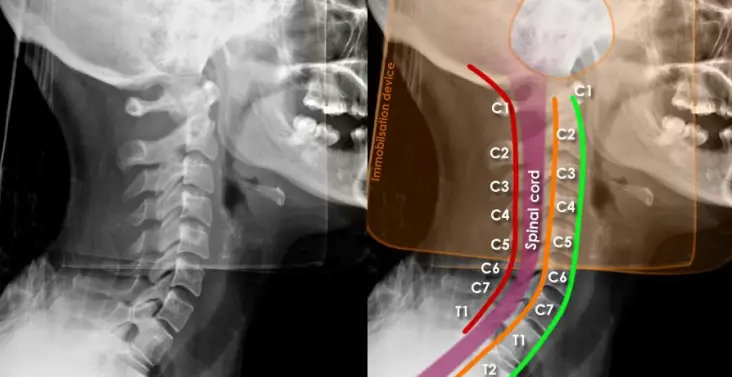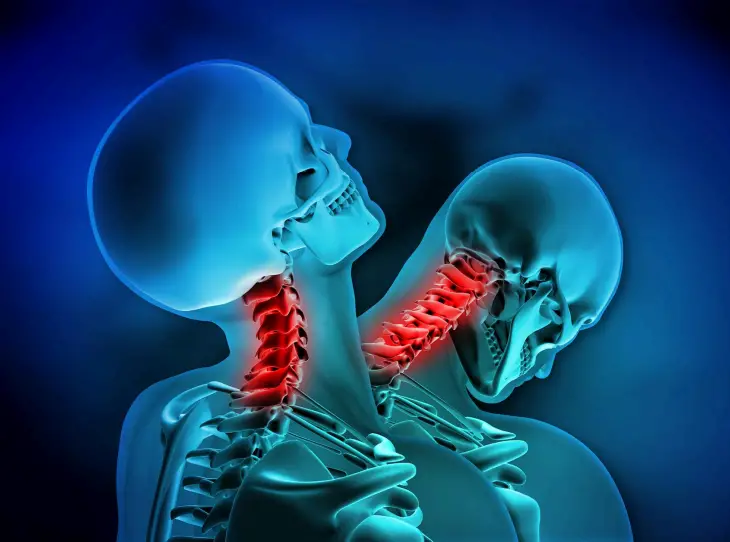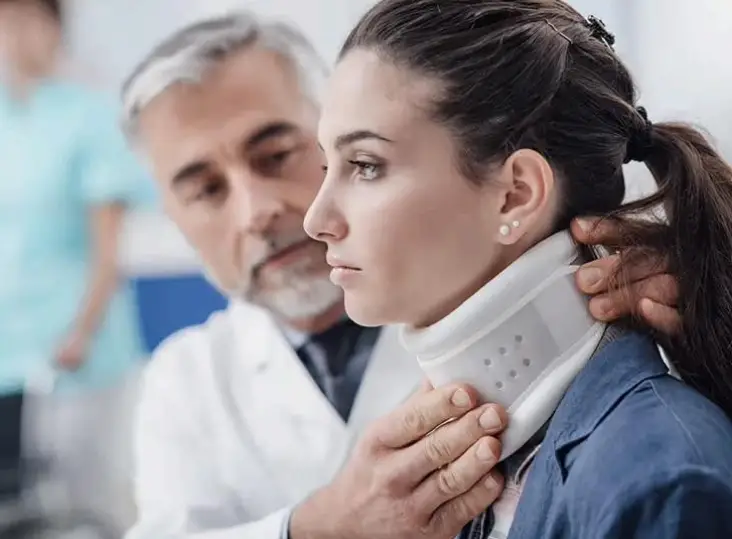Imagine waking up one morning and realizing your neck can no longer support your own head. For a 23-year-old in Isfahan, this frightening scenario became a medical reality. The young adult was recently diagnosed with a rare condition often seen in seniors—raising concerns about how modern habits might be silently compromising spinal and muscular health in younger generations. Could endless hours hunched over screens and poor posture be setting the stage for serious neuromuscular problems?
The patient was diagnosed with Dropped Head Syndrome (DHS), a disorder in which the muscles that hold the head upright weaken, causing it to fall forward.
While typically associated with older adults, this unusual case highlights that DHS can occur in younger people as well.

Possible Causes:
Though DHS is commonly linked to neuromuscular diseases such as myasthenia gravis or ALS, lifestyle factors like poor posture, extended screen time, and underdeveloped neck muscles may play a role, especially in younger patients.
Symptoms to Watch For:
Persistent neck fatigue and soreness
Head tilting forward or difficulty holding it upright
Limited neck mobility
Shoulder discomfort
Tingling or numbness in the arms
Diagnosis Methods:
Doctors use a combination of neurological exams, muscle strength assessments, MRI imaging, and electromyography (EMG) to confirm DHS.
Treatment Strategies:
- Targeted physical therapy to strengthen neck muscles
- Posture training and ergonomic adjustments
- Neck braces or supports when necessary
- Lifestyle changes, including exercise and screen-time management

Preventive Measures:
- Position screens and devices at eye level
- Take regular stretching breaks
- Sleep with supportive pillows
- Seek medical advice for chronic neck pain rather than ignoring it

Dropped Head Syndrome, though rare, is a serious condition that can affect young adults, especially in an era dominated by screens and poor posture habits. Early detection, proper ergonomics, and strengthening routines are key to maintaining neck and spinal health. This case serves as a wake-up call: everyday habits that seem harmless—like prolonged screen use—can have long-term consequences on musculoskeletal well-being if left unchecked.
Disclaimer: This article is not intended to be a substitute for professional medical advice, diagnosis or treatment and is for informational purposes only.
Please SHARE this article with your family and friends on Facebook.
Bored Daddy
Love and Peace
